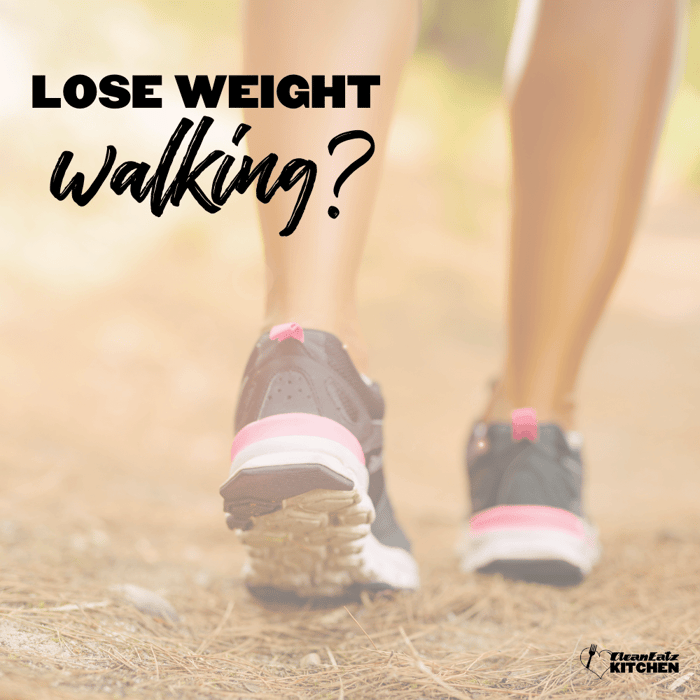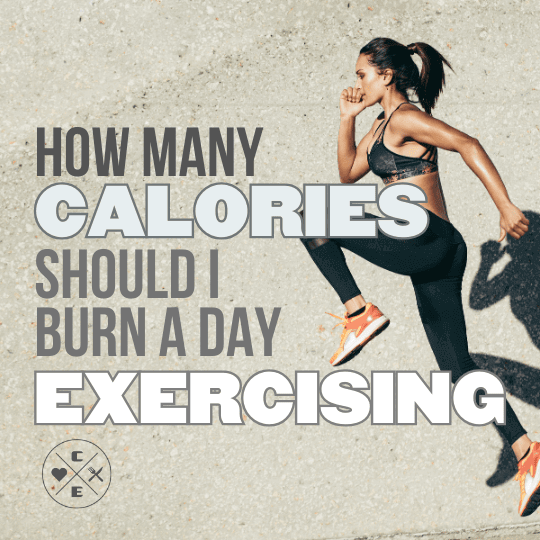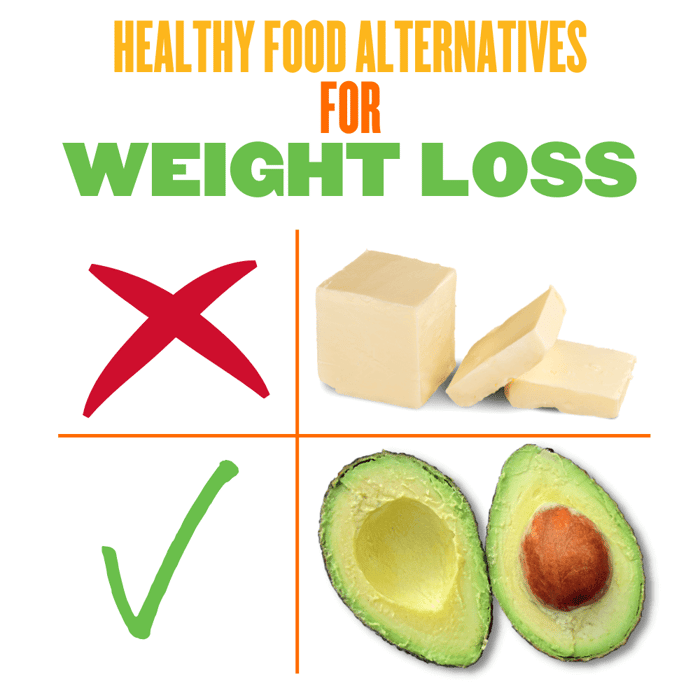Why walking works for weight loss
- It adds meaningful, repeatable calorie burn with low joint impact, which makes adherence easier than many high-impact workouts.
- It scales: longer time, brisker pace, hills, or intervals can progressively raise energy expenditure.
- It pairs well with nutrition: studies show aerobic exercise reduces waist and body fat in a dose-response manner; combining walking with an energy-restricted diet improves fat loss more than diet alone.2, 3
How much to walk (time, steps & pace)
- Time target: Start toward 150 min/week of moderate walking; progress to 200–300+ min/week if fat loss is a primary goal.1, 2
- Step target: Many people find 7,000–10,000+ steps/day a practical lane; more steps generally mean better health markers. Use steps as a habit anchor, not a rule.4
- Pace guide (METs): ~3.0–3.8 METs at 2.5–3.4 mph; ~4.8–5.5 METs at 3.5–4.4 mph (brisk). Hills push it higher.5
New to regular activity? See our overview of the weekly guidelines in how much exercise per day.
Calories burned: quick estimates
Examples at a brisk ~4.0 mph (~5.5 METs):
• 150 lb (68 kg): 5.5 × 68 ≈ ~375 kcal/hour
• 200 lb (91 kg): 5.5 × 91 ≈ ~500 kcal/hour
Remember, diet drives the deficit; pair walking with smart calories for reliable fat loss. See how to set calorie goals and portion control vs. calorie counting.
Want faster results? (diet + walking)
Trials show that adding moderate walking to an energy-restricted diet improves fat-mass loss vs diet alone, while aerobic exercise in general reduces waist and body fat in a dose-response up to ~300 min/week.3, 2
A simple 4-week walking plan
- Week 1: 20–30 min, 5 days (easy-moderate). Add a 10-min hill or brisk block once.
- Week 2: 30–40 min, 5 days. Include 6×1-min brisk / 1-min easy.
- Week 3: 40–50 min, 5–6 days. One longer walk (60 min) + 8×1-min brisk.
- Week 4: 45–60 min, 5–6 days. One interval day (10×1–2 min brisk) + one long walk.
Add 2 short strength sessions/week to preserve muscle. For recovery fuel ideas, see post-workout carbs and our high-protein guide.
How Clean Eatz Kitchen can help
Make adherence easy: pick a calorie-controlled meal plan, check Nutrition Info to hit your macros, and keep protein-forward snacks on hand. For a fuller strategy, read the best weight-loss program.
FAQs
Is walking enough to lose weight?
Often yes—if you create a calorie deficit. For many, combining walking with nutrition changes is the most reliable path.2, 3
How fast should I walk?
“Brisk” usually means you can talk but not sing (~3.5–4.5 mph). Hills or intervals boost intensity if you prefer shorter sessions.5
What’s a good step goal?
Use steps to nudge activity. Many thrive at 7k–10k+/day; more is generally better for health, but consistency beats any single number.4
Will I lose belly fat from walking?
Spot reduction isn’t real, but walking reduces overall and visceral fat—especially as your total weekly minutes increase.2
References
- CDC — Adult activity guidelines (150–300 min/wk moderate + 2x strength). Overview.
- Jayedi A, et al. 2024 meta-analysis: aerobic exercise shows dose-response reductions in weight, waist, and body fat up to ~300 min/wk. JAMA Netw Open.
- Kleist B, et al. 12-wk RCT: adding moderate walking to an energy-restricted diet improved fat-mass loss vs. diet alone. J Nutr.
- Xu C, et al. 2024 overview: higher daily steps link with better health outcomes (dose-response). Review.
- Compendium of Physical Activities — Walking MET values by pace. Page.
- Compendium overview — What a MET is (≈1 kcal/kg/hr). Home.
Educational content only; not medical advice.




